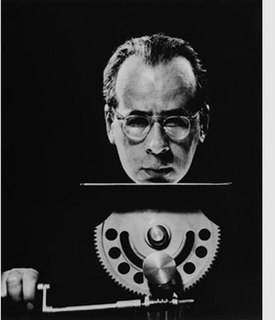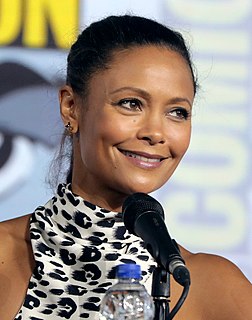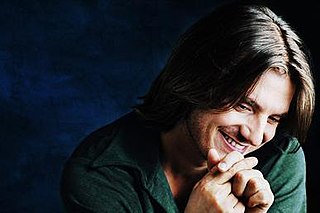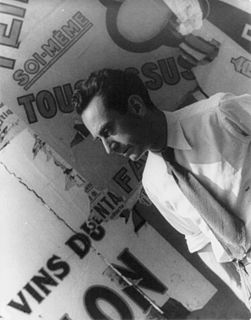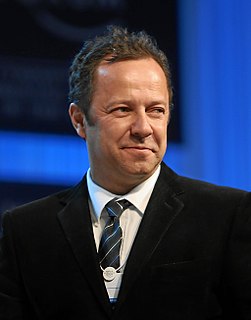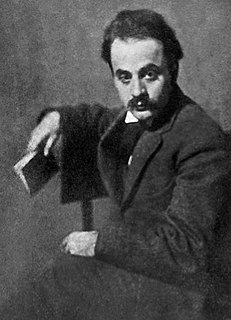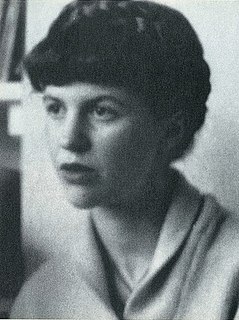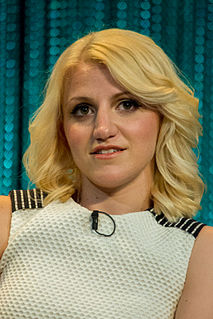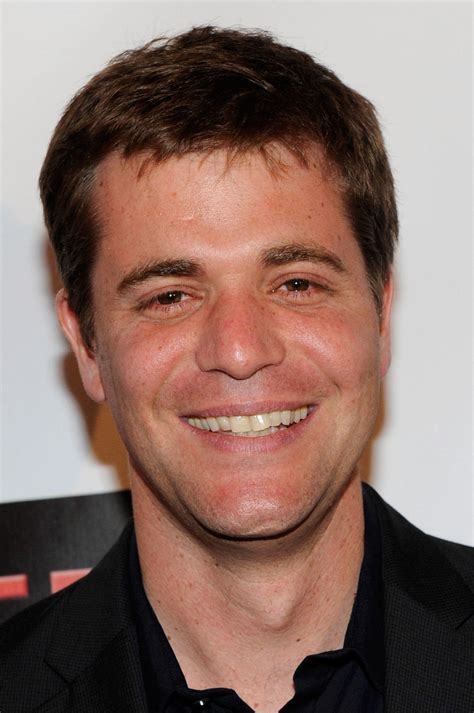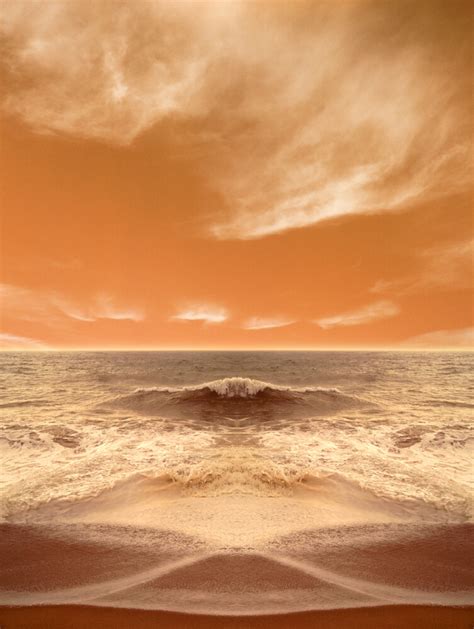A Quote by Philippe Halsman
I make the woman look at the camera as a symbol of all the eyes that will see the picture I am making.
Related Quotes
The glance is natural magic. The mysterious communication established across a house between two entire strangers, moves all the springs of wonder. The communication by the glance is in the greatest part not subject to the control of the will. It is the bodily symbol of identity with nature. We look into the eyes to know if this other form is another self, and the eyes will not lie, but make a faithful confession what inhabitant is there.
The first time I worked with colors was by making these mosaics of Pantone swatches. They end up being very large pictures, and I photographed with a very large camera - an 8x10 camera. So you can see the surface of every single swatch - like in this picture of Chuck Close. And you have to walk very far to be able to see it.
On camera, the audience can see your eyes close up - they can see behind your eyes - and when you're on stage, you need to make sure that the person sitting in the back row can feel what's happening behind your eyes, even if they can't see them. Having a live audience is exhilarating and exciting all on its own, but you know, it is quite different.
Many oriental cultures make a distinction between two ways of looking - 'hard eyes' and 'soft eyes'. When we look with hard eyes, we see specific details with sharp focus, but we don't see the relationships between different details as well. When we look with soft eyes we see the relationships between everything in our field of vision, but with this softer focus, we don't see all the details as clearly. It's possible to look in two ways at once.
For me, what was important was to record everything I saw around me, and to do this as methodically as possible. In these circumstances a good photograph is a picture that comes as close as possible to reality. But the camera never manages to record what your eyes see, or what you feel at the moment. The camera always creates a new reality.
